Quote coming soon.
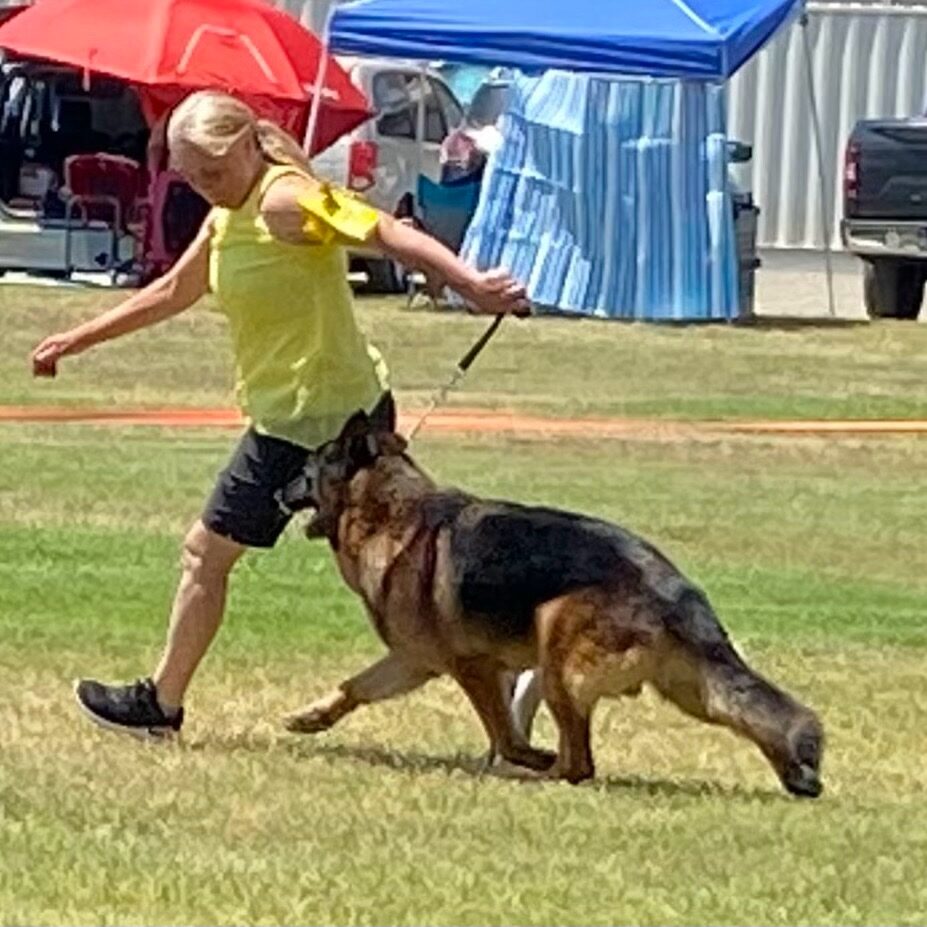

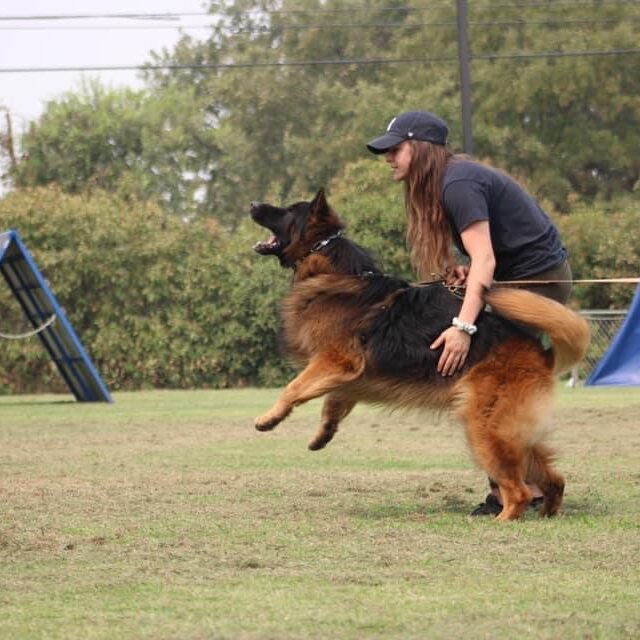
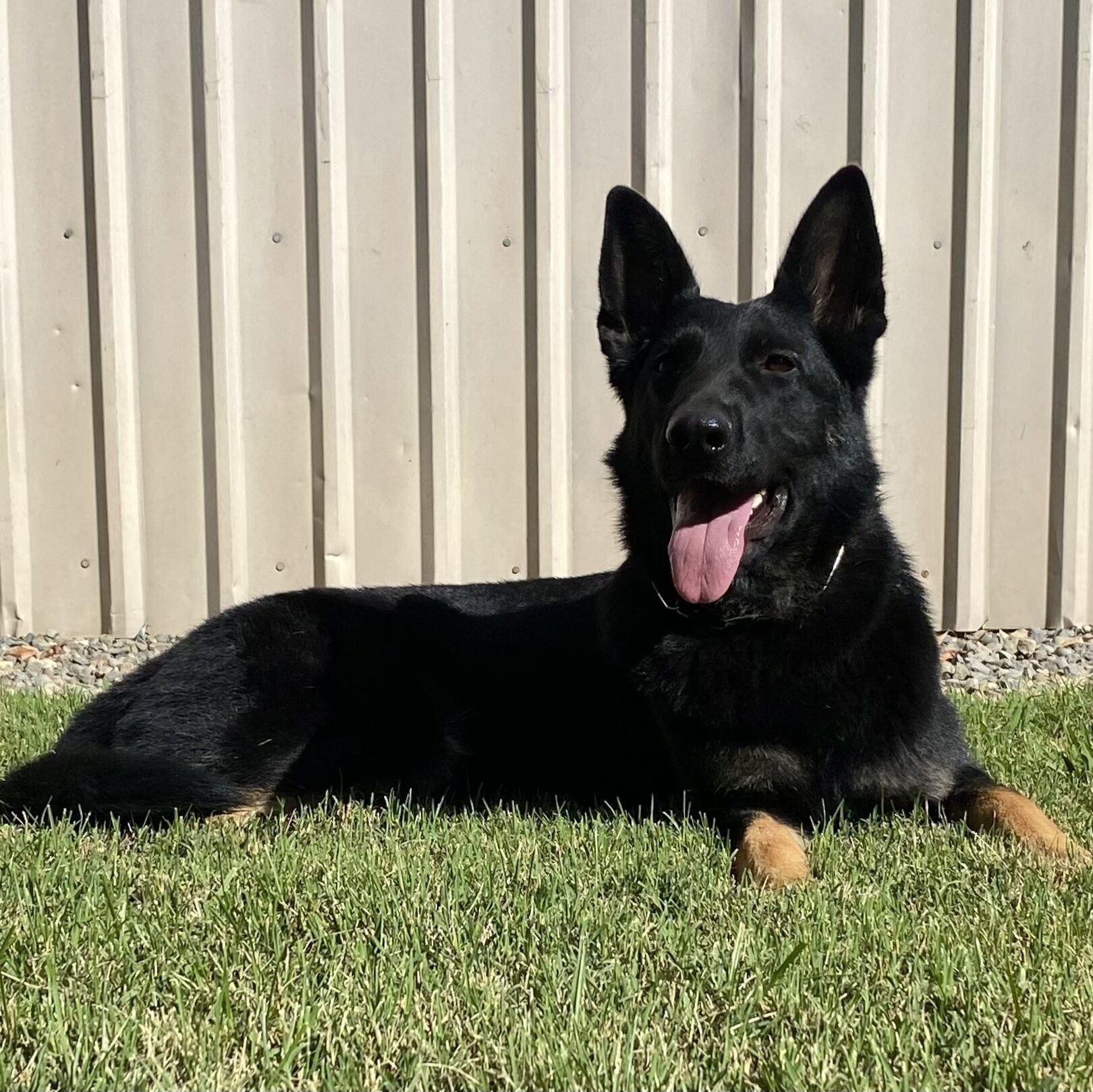
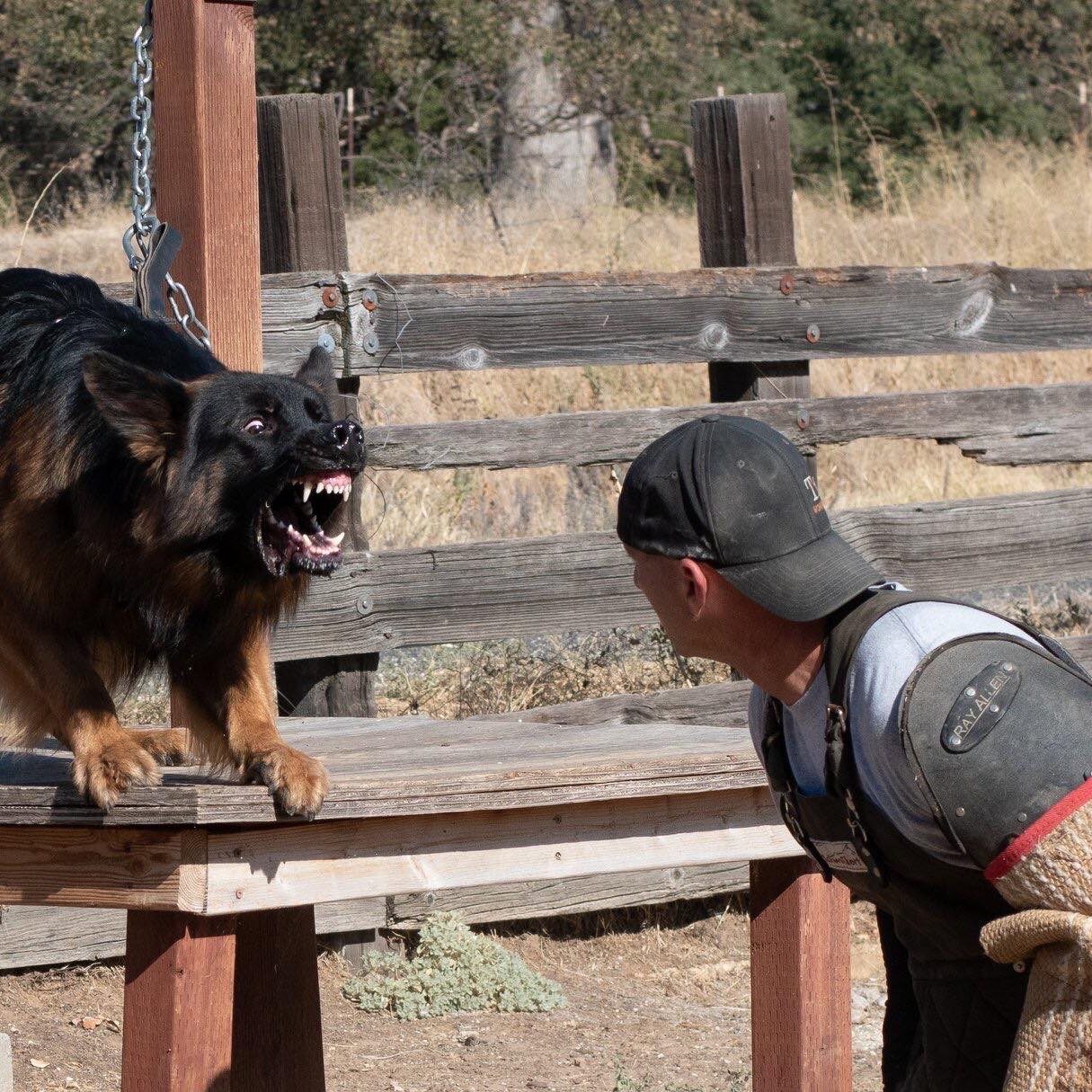
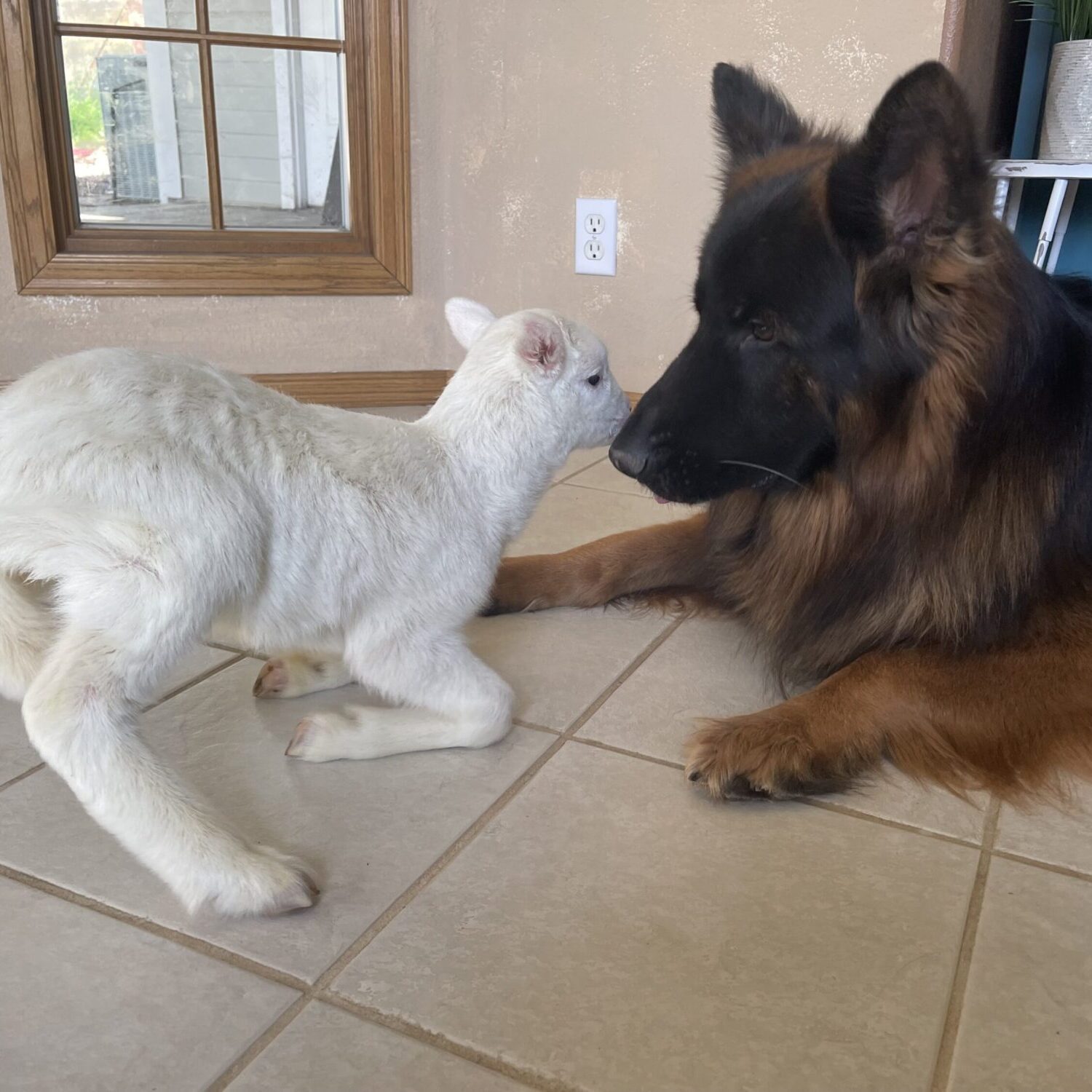

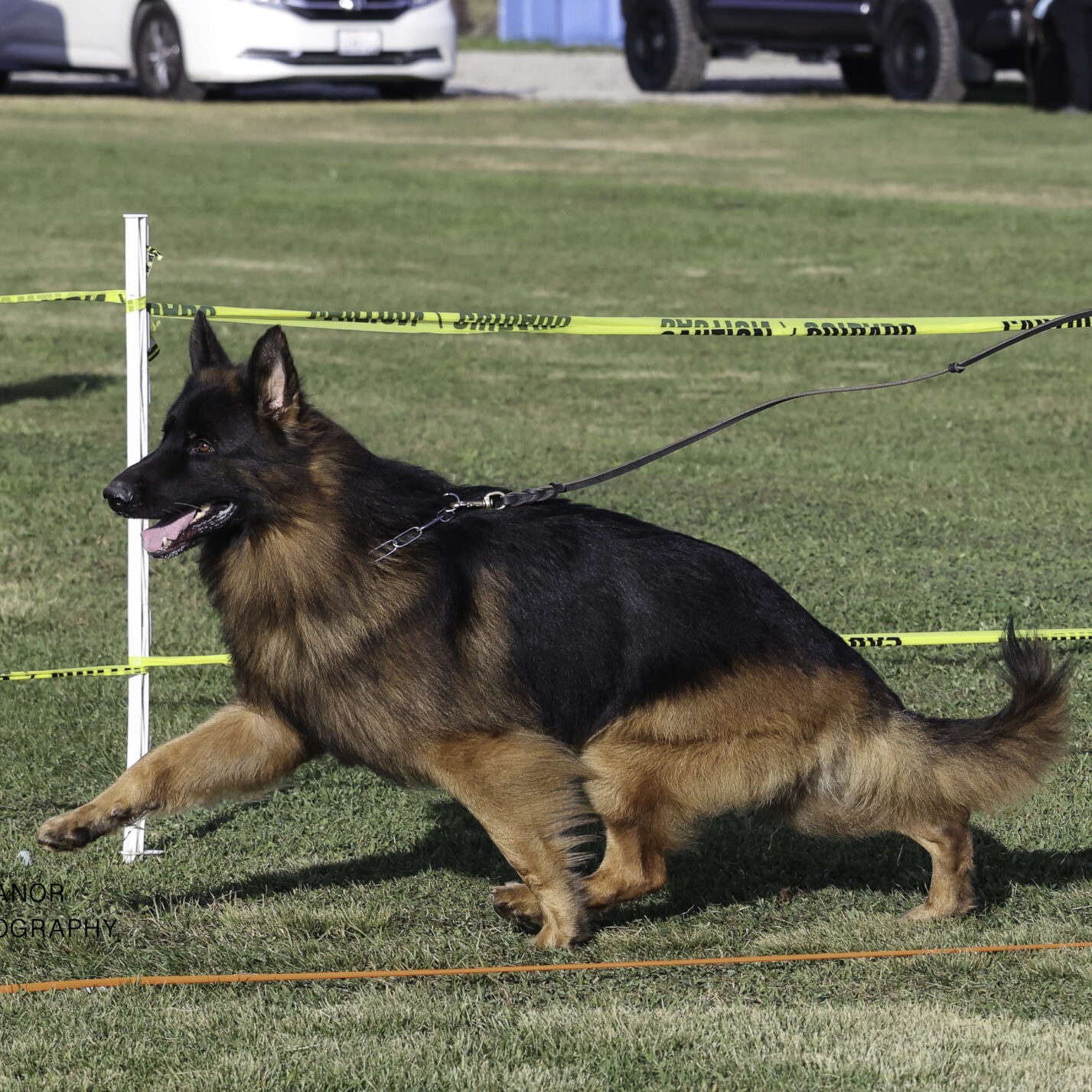
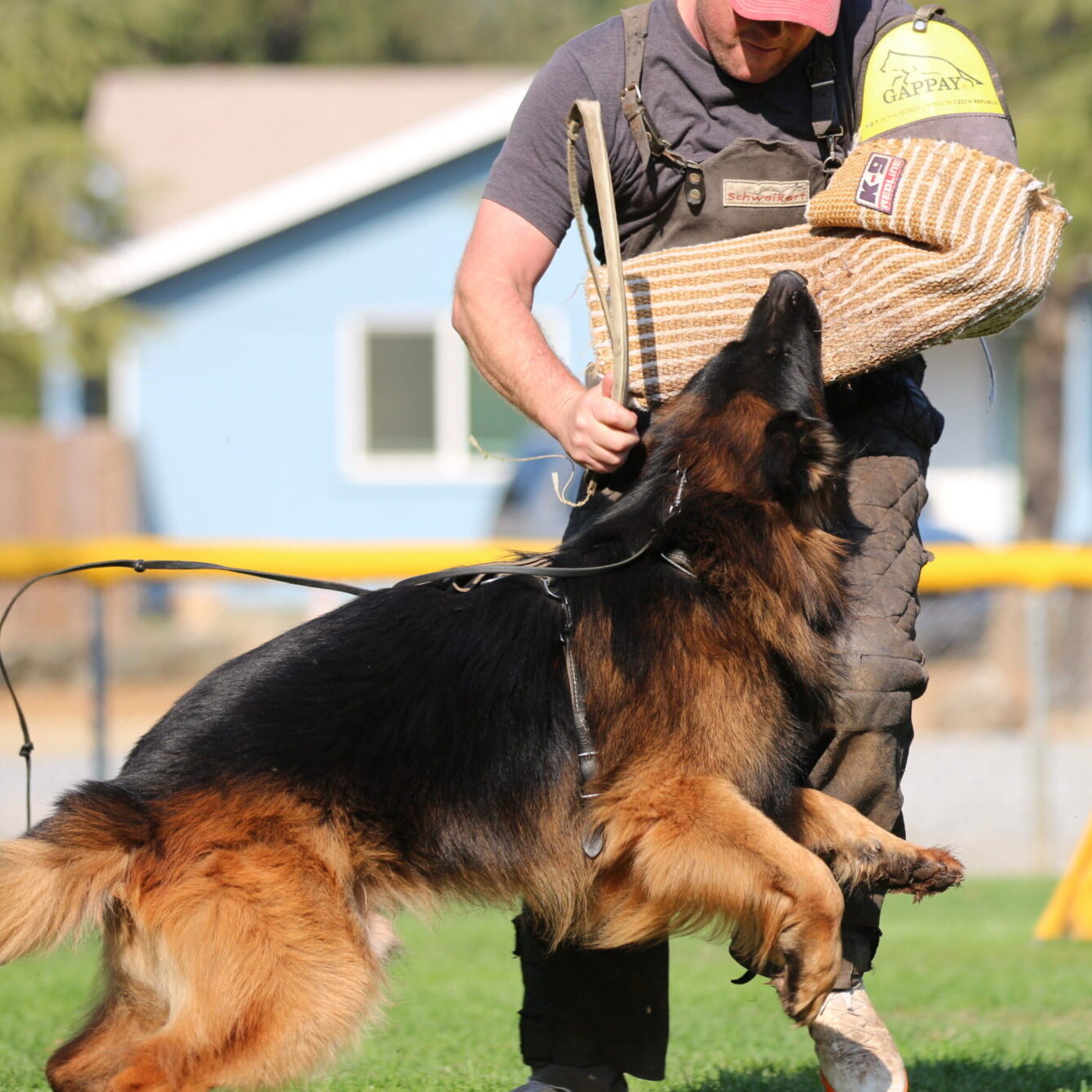
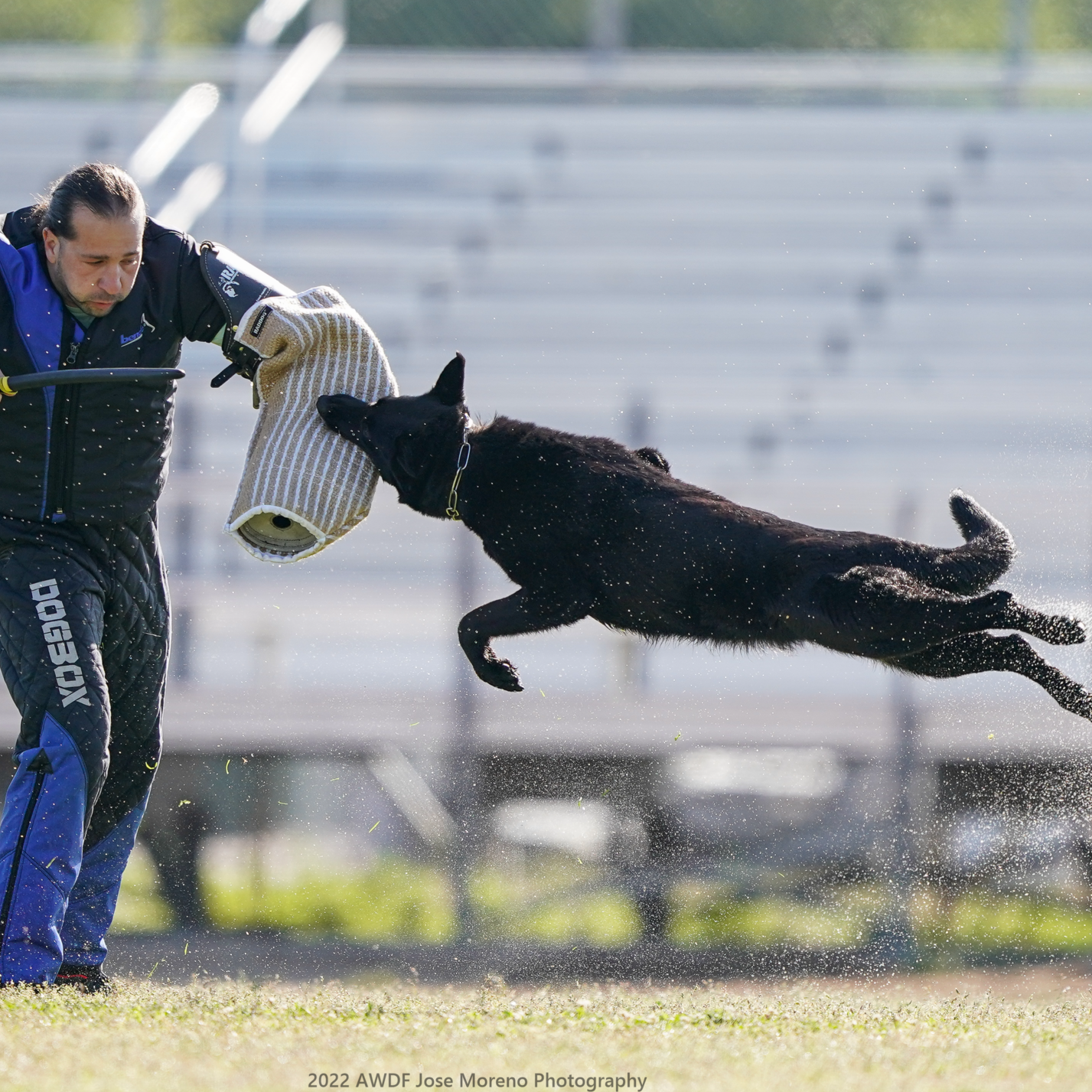
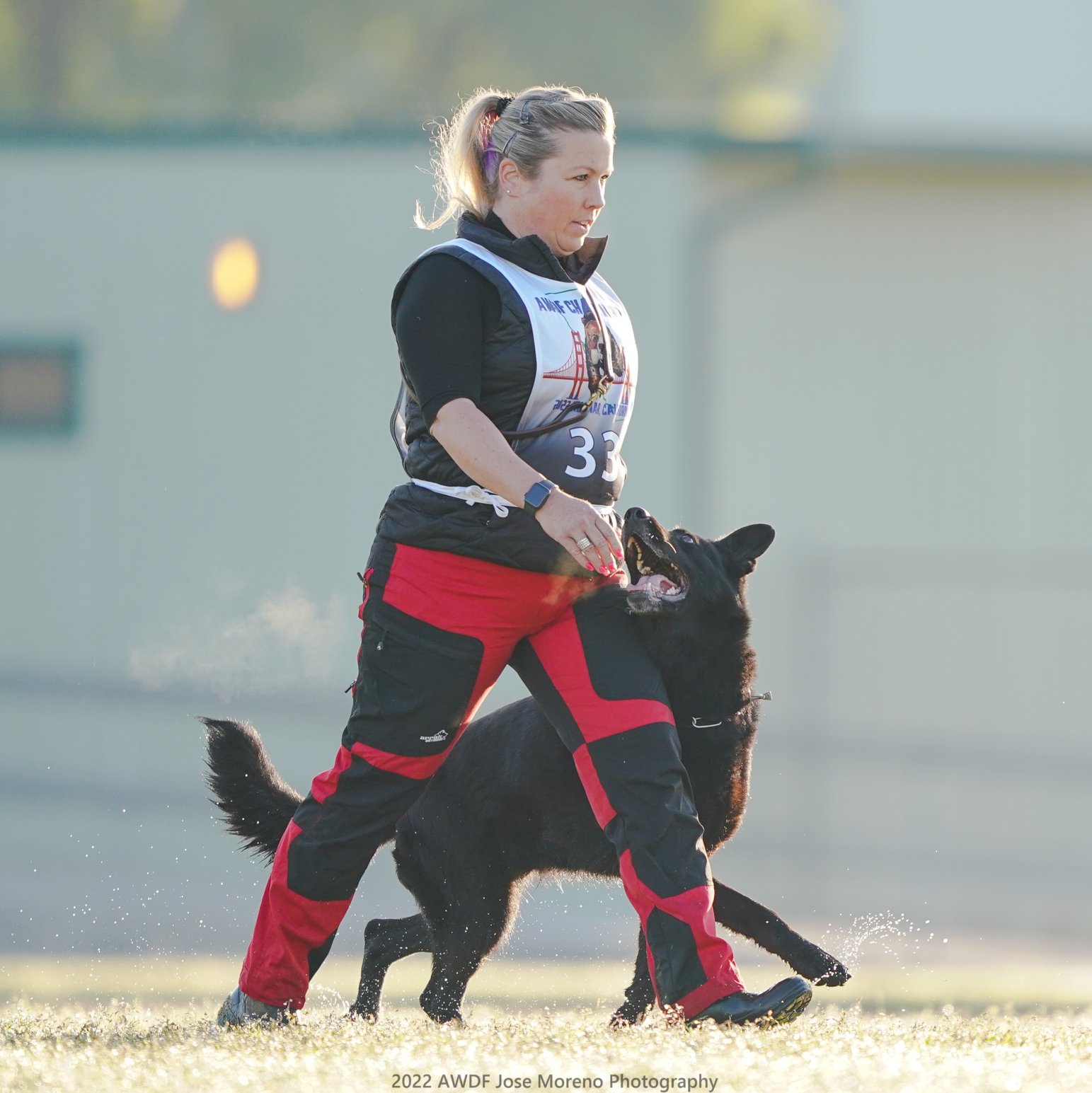
The German Shepherd Dog (Deutscher Schäferhund; GSD) was developed in late 19th century Germany for herding sheep, but also to be the ultimate utilitarian dog. The breed was widely used in World War I for running messages, carrying supplies, red cross rescue, tracking, and sentry work. Through these activities, the breed became known to the rest of the world. Today GSDs are known for their exceptional intelligence, loyalty, protectiveness, and versatility, making them highly sought after for roles like police work, military service, search and rescue, personal protection, schutzhund sport, guide dogs, and as a companion dog. Key characteristics include a strong, athletic build, a double coat that can be various shades of black and tan, and a keen sense of smell, with a reputation for being alert and trainable, but requiring consistent exercise and socialization due to their high energy levels. Strong self-confidence under control as its temperament is paramount to this breed.
In current times there has been a bit of a split in the appearance of the breed. The broadest split is between show lines and working lines.
New Jersey Task Force One
This team received an award for their search and rescue efforts during the World Trade Center disaster. These animals fearlessly searched through burned debris, ignoring burnt paws, cuts and other obstacles to look for survivors and victims. For their unselfish and courageous efforts, the team earned induction into the Animal Hall of Fame.
Trakr
Trakr discovered the last survivor of the September 11 attacks on the World Trade Center in 2001 and was named one of history’s most heroic animals by Time magazine.
Pascha
Pascha was recognized for his work as a rescue dog in the Oklahoma City bombing, 1995 earthquake in Kobe, Japan, the Edison, N.J. explosion, and Hurricane Opal in Panama City, FL.
Rin Tin Tin
Rin Tin Tin was an international movie star and one of the most famous German Shepherds. He was rescued from a World War I battlefield by an American soldier who nicknamed him “Rinty”. He even has a star on the Hollywood Walk of Fame.
Leader
Leader was a fictional guide dog in the book Follow My Leader by James Garfield, which was a favorite story of Dr. Christensen’s when he was a young boy. It made him wish he could have such a close, intimate relationship with a dog as blind children do with their guide dogs.
Kokopelli veterinarians are as concerned as any dog-lover about the overpopulation of unwanted dogs which results in euthanasia of so many healthy dogs every year. Our veterinarians, however, recognize that dogs belonging to responsible families, who keep their dogs on a leash or contained within fenced yards, are not contributing to this problem. Spaying or neutering these responsibly controlled dogs does nothing to decrease the surplus population of stray dogs. When we counsel responsible dog owners about spaying and neutering, our advice is focused on health and behavioral concerns related to reproductive status (whether a dog is spayed, neutered, or intact). Various options exist beyond the traditional spay or neuter procedure, including vasectomy or Suprelorin implants for males (or just leaving them intact), and ovary-sparing spays or laparoscopic spays for females. We encourage you to investigate the hyperlinks provided here, and to reach out to our clinic for a consult if you would like to discuss your specific questions about your canine companions.
View our educational webinar series and learn more about how to raise healthy animals.
Please reach out to us for any questions or help. Nothing makes us happier than helping create situations where the human/animal bond can flourish.
Schedule your pet’s consultation today.